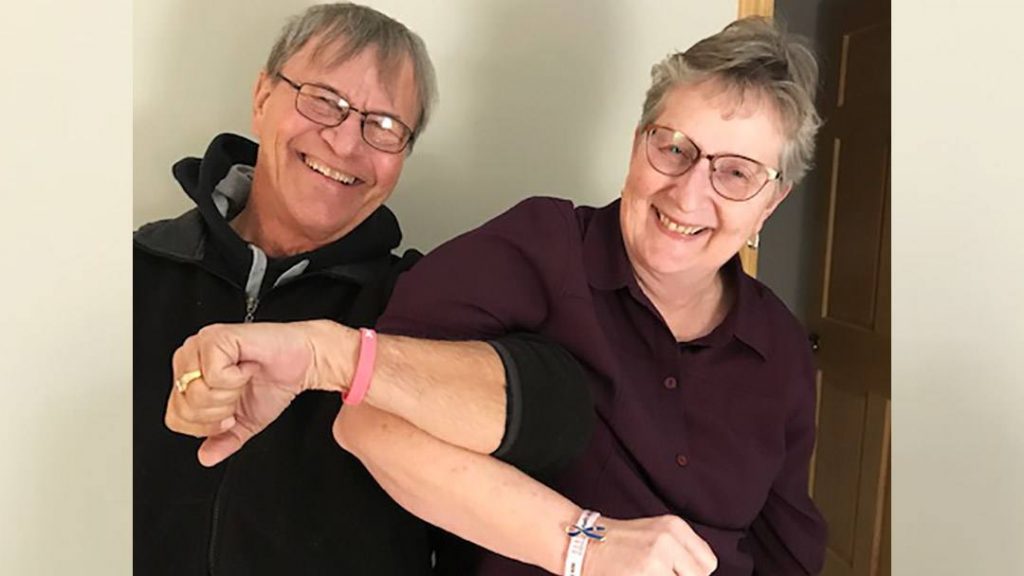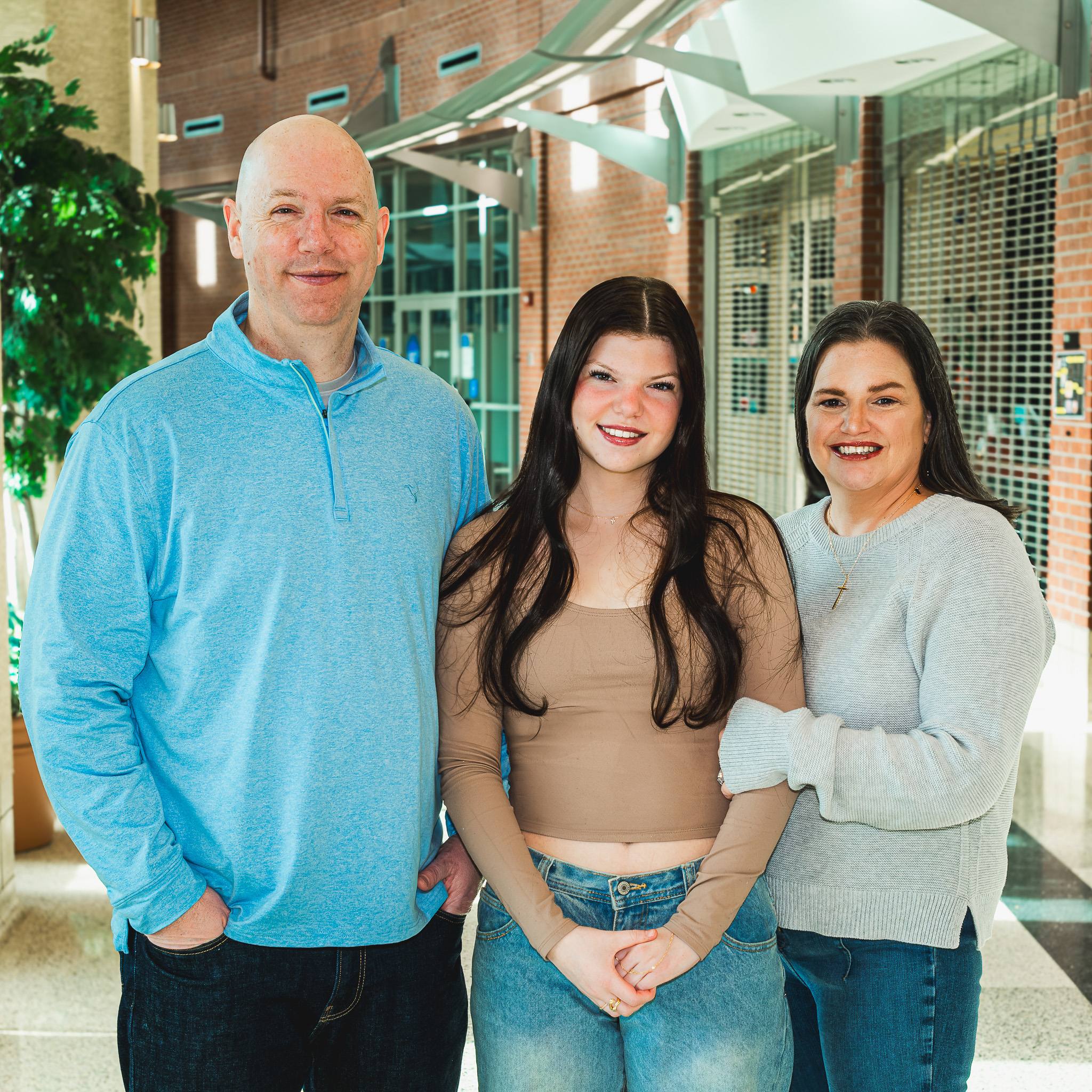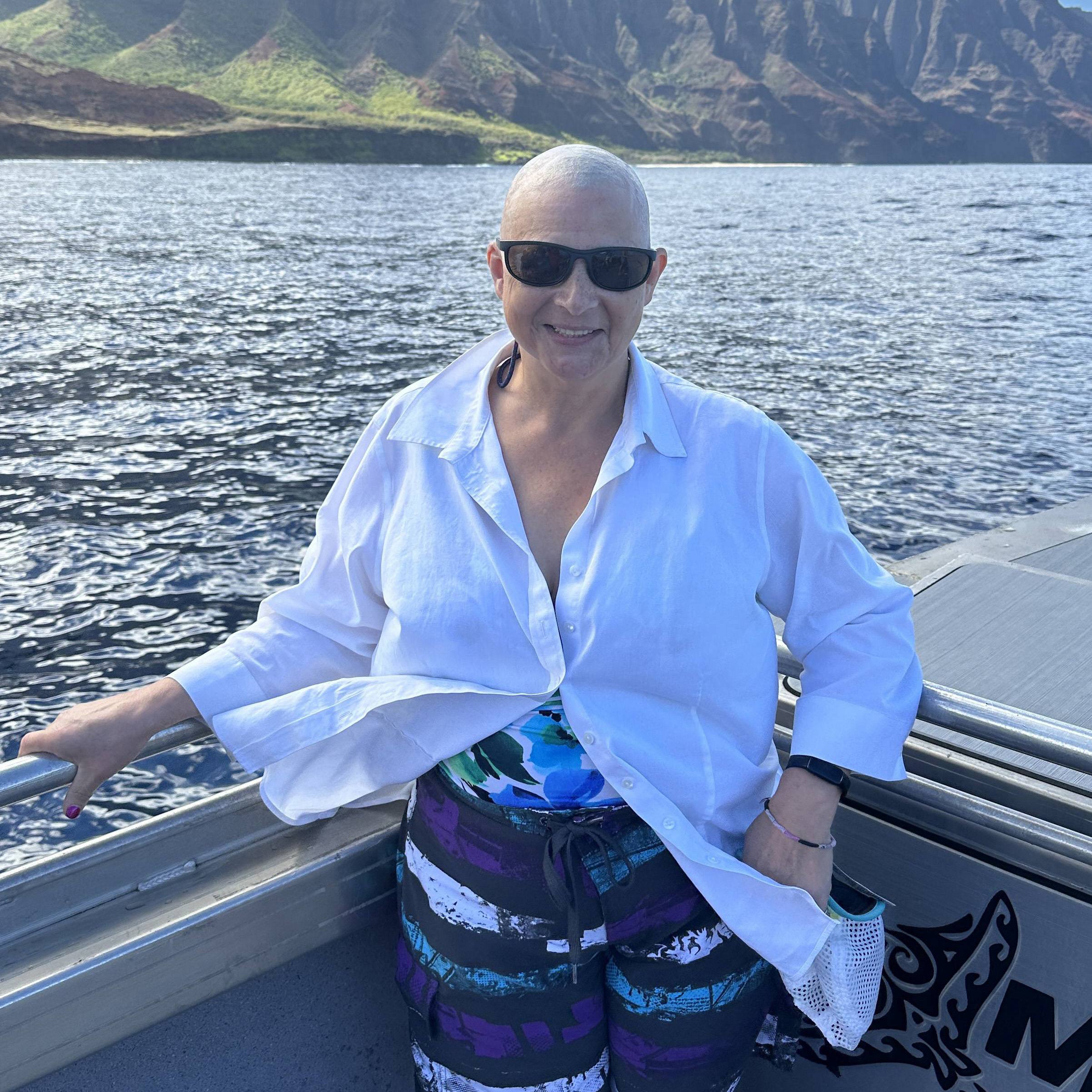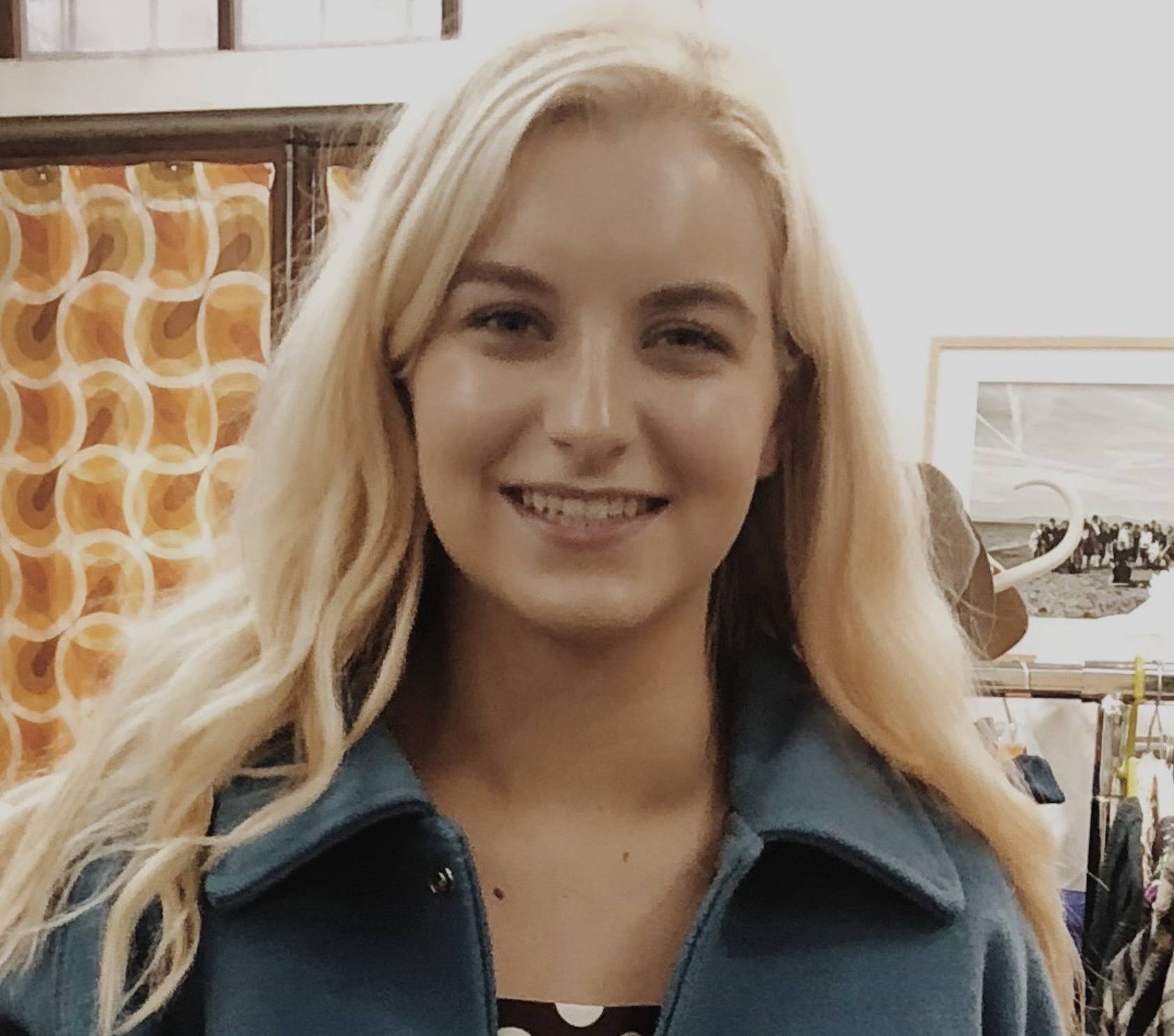
In 2016, life became painful and chaotic for Sam Anderson when he was diagnosed with colorectal cancer and then suffered a medical error during treatment. After that, Sam and his wife took matters into their own hands. At Mayo Clinic, the pair discovered a team of physicians that calmed their worries and restored normalcy.
Sam Anderson is finally back doing what he loves best: playing piano. Several nights a week, he can be found tinkling the ivories for dinner guests at one of the upscale eateries in Rochester, Minnesota.
"Making music, playing and singing has made me feel like a whole person again," says Sam, who recently underwent his second major surgery at Mayo Clinic to treat colorectal cancer.
For almost two years, Sam's ability to play the piano had been compromised due to painful symptoms caused by cancer that were exacerbated by a medical error during surgery in his home state of Florida.
The mistake — which involved Sam's urethra being nicked — coupled with spotty follow-up care, left Sam and his wife, Nancy, reeling and set them on a search for better treatment. That pursuit ended at Mayo Clinic, where Sam found an expert multidisciplinary care team that offered precision medicine and compassionate care. In addition to Mayo Clinic offering Sam a chance at normalcy, the clinic offered Nancy a job. That allowed the couple to relocate to Minnesota.
"Being at Mayo Clinic has made all the difference," says Nancy, who now is a Mayo Clinic social worker. "Here you just feel like you're in good hands. You actually know they care. Every doctor that walked through the door would say to us, 'I'm really sorry. You've been through so much.' And they genuinely meant it."
The treatment Sam received at Mayo Clinic also has given Sam and Nancy time to enjoy one another, one day at a time. "We've been married 39 years in September, and I feel like we really have a strong bond," Nancy says. "The thing that's changed is we just don't take things for granted like we used to."
Damage repaired, function restored
Sam's cancer was discovered in October 2016, and he had surgery in Florida soon after the diagnosis. It didn't go well. "Sam had come from another place after having a robotic resection for rectal cancer, and we had quite a bit of trouble trying to figure out what was going on," says surgeon John Pemberton, M.D., in Mayo Clinic's Division of Colon and Rectal Surgery.
Not only did Sam's urethra have a fistula, or hole, in it, he also had a foreign object — a surgical drain — in his pelvis that was left behind after the previous surgery. "All of this was pretty strange," Dr. Pemberton says.
As a result of the fistula, Sam's urine passed through his bladder into his urethra and then into his rectum, says Boyd Viers, M.D., in the Department of Urology. "It was a bad situation for him."
The painful symptoms from the injured tissues were unbearable at times. "Sam was having considerable difficulty sitting," Nancy says. "The pain was to the point where if we went out to eat, one of us would go into the restaurant and check what kind of chairs they had to see if they had cushions. We bought some cushions and carried those in the car, so we could take them into a restaurant, or wherever we went where he was going to have to sit down for any length."
"It is very satisfying and very relaxing for me to just sit down at the piano and play. Everything I do is very soft and flowing and mellow. I really want to slow things down for the people who come in."
Sam Anderson
At Mayo Clinic, Sam's team decided to perform a two-part operation. First, they removed the surgical drain that had been left in after his previous surgery, and Dr. Viers repaired the fistula by affixing a surgical flap onto Sam's urethra. Next, Dr. Pemberton removed the damaged colorectal tissue, which had been affected by the cancer and the misplaced urine. Muscle from Sam's thigh was grafted into the pelvic cavity in place of the tissue that had been removed.
Recovery from the October 2017 operation was slow. But over time, the fistula healed. Sam became accustomed to the colostomy that was created during the surgery, and he began to get comfortable with the process of waste collection and pouch maintenance. In spring 2018, the urinary catheter Sam had required following surgery was removed, and he resumed normal urinary function.
"I started to kind of figure out ways to live, ways to function, ways to do things I wanted to do and like to do," Sam says. "I got back into the workforce part time during the day, and I found a job in a restaurant playing piano. It is very satisfying and very relaxing for me to just sit down at the piano and play. Everything I do is very soft and flowing and mellow. I really want to slow things down for the people who come in."
Persistent disease, additional treatment
Sam's return to work and normal daily life was short-lived, however. In fall 2018, follow-up CT scans revealed his colorectal cancer was back.
"The cancer had returned to the same spot, only it was much larger this time," Sam says. "The decision was made to go in and remove the cancer. But in order to do that effectively, they had to remove all of the organs for the liquid waste part of my body. The bladder, the urethra, all of it came out in surgery that they did in December 2018."
In addition to removing tissue and internal organs, Sam's medical team administered a dose of intraoperative radiation therapy throughout his pelvic region. They also created a second ostomy in his abdomen for urine collection.
"I'm not 67 and feeling like I'm 80. I'm 67 and feeling like I'm 50 because I'm back in the workforce."
Sam Anderson
Since that surgery, Sam has had to adjust to living with two ostomies. He has to wear his clothing a certain way and take precautions to maintain and protect the bags. Sam also thinks differently about what he eats.
"There are things I used to enjoy eating that I don't anymore because I don't want to put my system through having to break that down and be worried about how they're going to go through the stoma and exit my body," he says.
But the devices are working correctly, and that is a source of comfort to him. Best of all, the pain in his pelvic regions is gone.
"As much as I don't like wearing these appliances, and there are certain things I have to do, it makes me feel younger, like I'm not sick and debilitated and getting old before my time," Sam says. "I'm not 67 and feeling like I'm 80. I'm 67 and feeling like I'm 50 because I'm back in the workforce."
Different outlook, new normal
For many patients like Sam, turning the page on their cancer treatment by receiving an ostomy — or two in Sam's case — can be energizing, Dr. Viers says. "It's interesting how patients transition through this," he says. "At first, they come in denial. Then they get angry, then sad and then acceptance. The majority of patients, once they get over their urinary and bowel function changing, they come to embrace and accept it."
And the apparatuses are designed to be as unobtrusive as possible. "Once patients get comfortable with them, these patients are doing everything that others would be doing, including going back to work, running marathons, and some people are swimming with these," Dr. Viers says.
Living with two ostomies is "just the new normal," Sam says. He will receive follow-up scans every three months to check for cancer recurrence. To date, his scans have been negative.
"I try to live one day at time," he says. "Walking into Mayo Clinic, any of the buildings, to see any physician or their teams, there is an air of confidence and trust, and of faith there that things are going to be OK."
HELPFUL LINKS
- Learn more about ostomies.
- Read about colorectal cancer care at Mayo Clinic.
- Check out the Division of Colon and Rectal Surgery and Department of Urology.
- Connect with others talking about Colorectal Cancer on Mayo Clinic Connect.
- Explore Mayo Clinic.
- Request an appointment.







